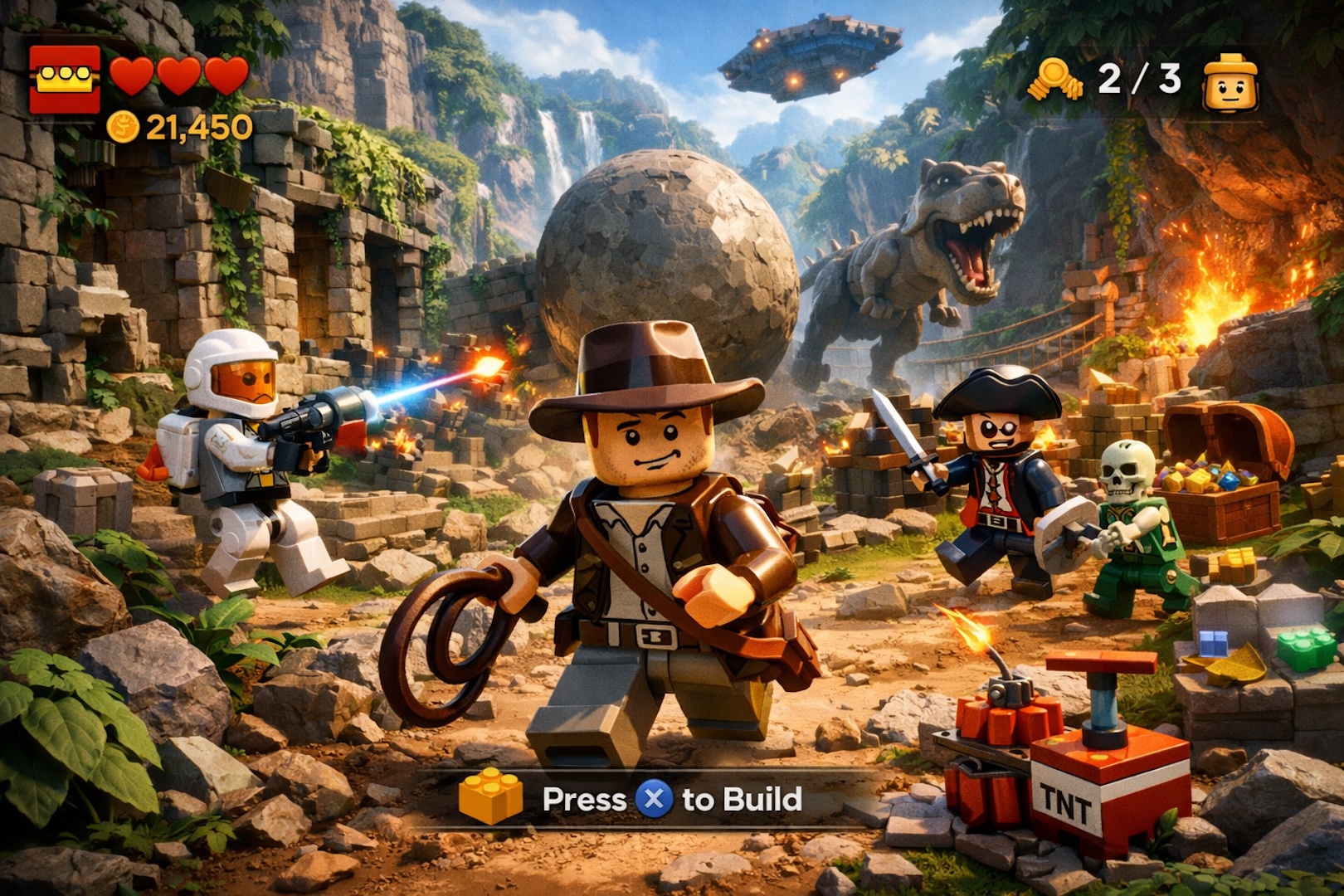Unreal Editor for Fortnite (UEFN) is a powerful tool that allows developers to create custom experiences within Fortnite. However, like any development environment, it’s not without its challenges. Whether you’re dealing with performance issues, script errors, or unexpected behavior, troubleshooting in UEFN can be daunting. This guide will help you navigate some of the most common problems UEFN developers face, providing solutions and resources to keep your projects running smoothly.
1. Performance Issues: Lag and Slow Load Times
One of the most common issues developers encounter in UEFN is performance-related, such as lag during gameplay or slow load times when launching levels.
Solution: Optimize Your Assets and Level Design
- Asset Management: Ensure that your textures, meshes, and audio files are optimized. High-resolution textures and complex meshes can significantly impact performance. Use LOD (Level of Detail) settings to reduce the detail of objects that are far from the camera.
- Level Streaming: Implement level streaming to load and unload parts of your level dynamically based on the player’s location. This helps manage memory usage and reduces load times.
- Monitor Performance: Use UEFN’s built-in performance tools to monitor frame rates and memory usage in real-time. Regular testing can help you identify and fix performance bottlenecks before they become critical.
Resources:
2. Script Errors in Verse
Verse is the scripting language used in UEFN, and while it’s powerful, developers often encounter script errors, particularly when working with complex interactions.
Solution: Debugging and Testing
- Print Statements: Use print statements liberally to log messages and track the flow of your script. This can help you pinpoint where errors occur.
- Check Syntax: Verse is a strongly typed language, so ensure that your syntax is correct. Misplaced characters or incorrect variable types can lead to errors.
- Use the Verse Editor: The Verse editor in UEFN provides syntax highlighting and error messages that can guide you in fixing issues. Always pay attention to the feedback from the editor.
Resources:
3. Crashes and Freezes
Crashes and freezes can occur unexpectedly in UEFN, interrupting your workflow and potentially leading to lost progress.
Solution: Stability Best Practices
- Regularly Save Your Work: Enable autosave in UEFN and manually save your work frequently to prevent data loss.
- Check for Updates: Ensure that UEFN and your graphics drivers are up-to-date. Sometimes, crashes can be caused by outdated software.
- Reduce System Load: Close unnecessary applications while working in UEFN to free up system resources. High memory usage from other programs can contribute to crashes.
Resources:
- UEFN Updates – Check for the latest updates and fixes.
4. Issues with Version Control
When working in a team, issues with version control, such as conflicts and sync errors, can disrupt the development process.
Solution: Effective Use of Unreal Revision Control
- Auto Checkout and Auto Undo: Use these features to automatically manage changes and prevent conflicts. Auto Checkout ensures that only one person can edit an asset at a time, while Auto Undo reverts changes if a conflict arises.
- Sync Regularly: Make it a habit to sync your changes with the latest project version before making new edits. This minimizes the chances of working on outdated assets and reduces conflicts.
- Communicate with Your Team: Ensure that all team members are aware of the assets they are working on to avoid overlapping work.
Resources:
5. Problems with Asset Reflection in Verse
Developers often run into issues when trying to expose assets to Verse, especially when dealing with custom assets.
Solution: Proper Asset Naming and Organization
- Follow Naming Conventions: Ensure that your assets follow the recommended naming conventions to avoid conflicts with Verse keywords or existing identifiers.
- Verify Asset Paths: Double-check that the asset paths in your Verse code match the structure in your Content Browser. Incorrect paths can prevent assets from being correctly exposed to Verse.
- Troubleshoot Asset Digest Issues: If your assets aren’t appearing in Verse, try rebuilding the asset digest by saving all assets and recompiling your Verse code.
Resources:
6. Player Animation and Interaction Issues
Sometimes, player animations may not sync correctly, or interactions with devices may not behave as expected.
Solution: Debugging Animations and Interactions
- Check Animation Sync: Ensure that your animation blueprints are properly configured and that they are syncing with the game state. Misconfigured blueprints can lead to desynchronized animations.
- Test Device Interactions: Use Verse to script and test interactions, ensuring that events trigger correctly and that all possible player actions are accounted for. Print logs are particularly useful for verifying that interactions are happening as expected.
Resources:
- Device Interaction Scripting in Verse
Utilize UEFN Resources to Stay on Top of Obstacles
Troubleshooting in UEFN can be challenging, but with the right tools and knowledge, you can overcome the most common issues. By following these solutions and utilizing the resources provided, you’ll be better equipped to handle the obstacles that arise during development. Remember that the UEFN community is a valuable resource—don’t hesitate to reach out to other developers for support and advice.
Happy Developing!







